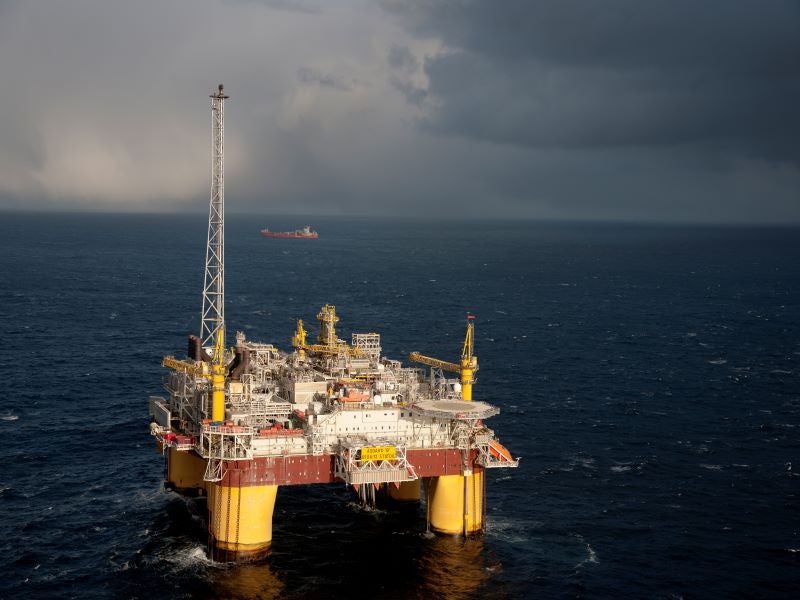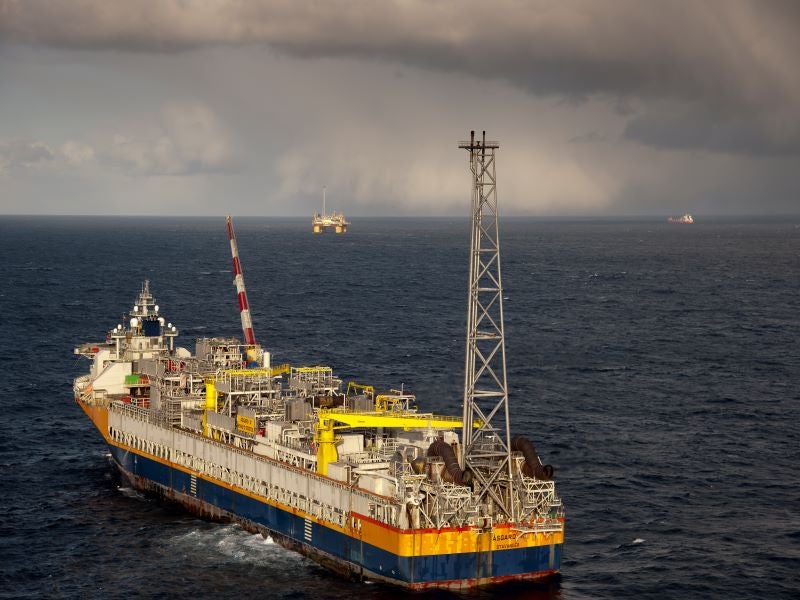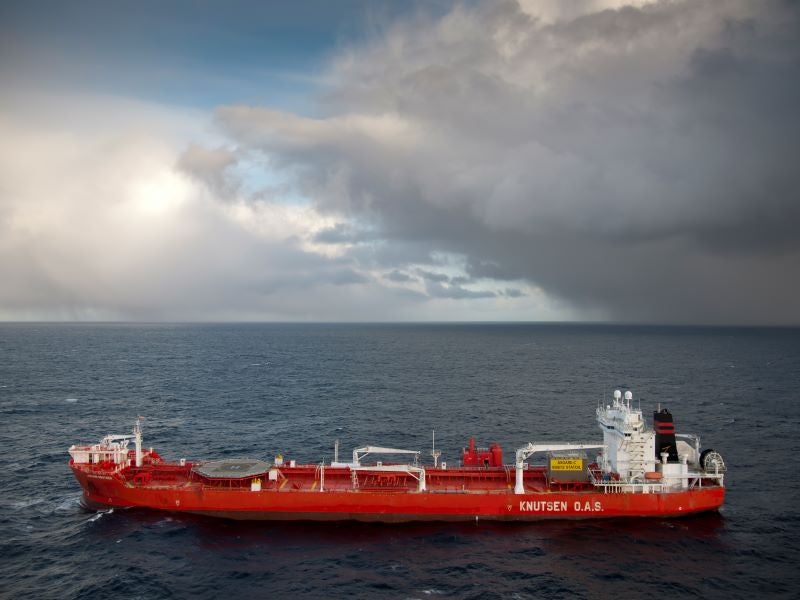The Asgard oil and gas field located in the Norwegian Sea has been producing since May 1999. It is one of the biggest offshore developments in the Norwegian Continental Shelf (NCS).
Equinor operates the field with 34.57% interest, while the other partners are Petoro (35.69%), Vår Energi (22.06%) and TotalEnergies EP Norge (7.68%).
Discovered in 1981, the Asgard field produces oil, gas and condensate from the Smorbukk, Smorbukk South and Midgard deposits.
The Asgard licence partners decided to invest Nkr1.4bn ($165m) to implement the Asgard B low-pressure project and improve the recovery rate of the field, in March 2021.
The Asgard B low-pressure project will increase production from the existing Smorbukk wells by replacing the reinjection compressors and rebuilding parts of the processing facility of the Asgard B platform.
Location and reservoir details
The Asgard field is located in the Haltenbanken region of the Norwegian Sea, 200km off the coast of Norway. Water depths in the field area range between 240m and 310m.
The Smorbukk, Smorbukk South and Midgard deposits comprise sandstones of the Åre, Tilje, Tofte, Ile and Garn Formations. Hydrocarbon production from the deposits is achieved through pressure depletion and gas injection.
Asgard field development details
The Asgard field development consists of approximately 70 wells spread across 23 subsea templates. The field came on stream with the commissioning of the Asgard A floating production, storage and offloading vessel (FPSO) in May 1999.
The field infrastructure also includes the Asgard B semi-submersible floating production platform with gas and condensate processing facilities and the Asgard C vessel to store oil and condensate. Both Asgard B and C became operational in 2000.
Shuttle tankers transport the crude oil and condensate to the shore. Gas is transported through the Asgard Transport System (ATS) operated by Gassco to the processing plant at Karsto, north of Stavanger, Norway. The 707km-long, 42in-diameter ATS pipeline has been operational since 2000.
Tiebacks to the Asgard infrastructure
Nearby fields operated by Equinor, including Mikkel, Morvin and Trestakk, are tied back to the Asgard infrastructure.
The Mikkel and Morvin fields are tied back to the Asgard B platform, while the Trestakk field is connected to the Asgard A facility.
Furthermore, Kristin and Tyrihans fields, both operated by Equinor Energy, transport oil to the Asgard C storage vessel.
Asgard subsea gas compression system
Asgard is the world’s first offshore field to use a subsea gas compression facility. Operational since September 2015, the compression facility is expected to increase recovery from the Mikkel and Midgard structures by 282 million barrels of oil equivalent (Mboe).
The first train of the Asgard subsea gas compression facility was commissioned in September 2015, followed by the second train in February 2016. The two-train subsea gas compression system comprises a 1,800 tonnes (t) steel frame installed on the seabed. It is fitted with two sets of compressors, pumps, scrubbers, and coolers.
Contractors involved
Aker Solutions was awarded the Asgard B platform modification contract worth Nkr800m ($94.3m) as part of the Asgard B low-pressure project in March 2021. The contractual work is expected to be completed in 2024.
The scope includes engineering, procurement, construction, and installation (EPCI) of new equipment and replacement of reinjection compressors, in addition to other modifications at the platform. The new equipment will be prefabricated at Aker Solutions’ yard in Egersund.
Aker Solutions was earlier awarded a front-end engineering and design (FEED) contract for the Asgard B low-pressure project in December 2019.
The company was also awarded an engineering, procurement, and construction (EPC) contract for a new subsea compression module for the Asgard gas field in December 2021.
It had previously delivered the Asgard subsea gas compression system commissioned in September 2015.





